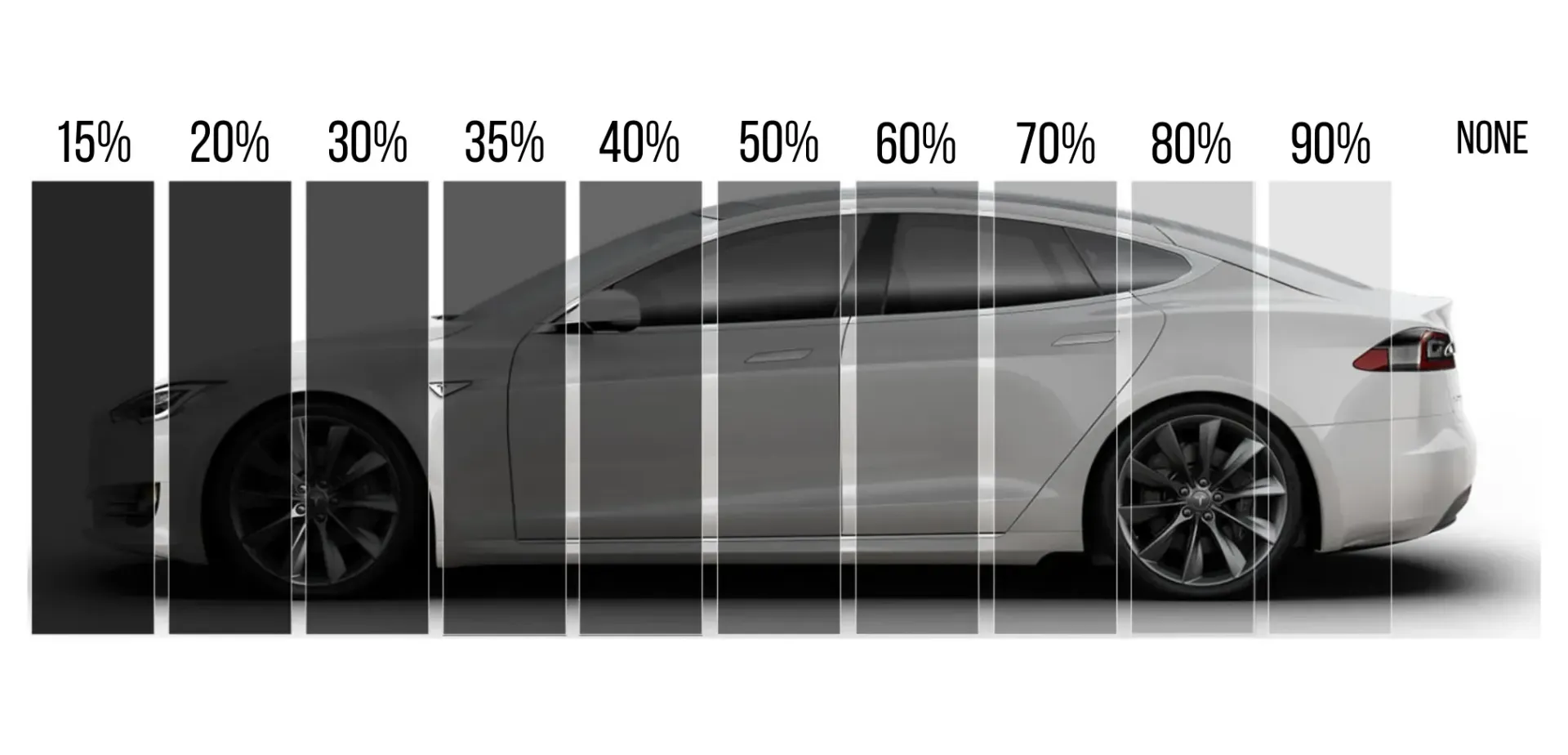Why Is Window Tint Illegal
Why Is Window Tint Illegal? Exploring Different Perspectives

Window tinting can be a popular modification for vehicle owners, offering benefits such as reduced glare, enhanced privacy, and better temperature control. However, it is also subject to stringent regulations and, in some cases, outright bans. Understanding why window tinting can be illegal involves examining the issue from multiple perspectives, including safety, law enforcement, and public health.
Safety Concerns
Driver Visibility: One of the primary reasons for window tint regulations is safety. Tinted windows can significantly reduce a driver’s visibility, especially at night or in adverse weather conditions. Limited visibility increases the risk of accidents, as drivers might struggle to see other vehicles, pedestrians, or obstacles on the road. The National Highway Traffic Safety Administration (NHTSA) emphasizes the importance of clear visibility for safe driving.
Emergency Situations: In emergencies, such as an accident, tinted windows can hinder the ability of first responders to see inside the vehicle. This delay can be critical when assessing the situation and providing timely assistance to passengers in distress.
Law Enforcement Challenges
Officer Safety: For law enforcement officers, heavily tinted windows present a significant safety hazard. When approaching a vehicle during a traffic stop, officers need to see inside to assess potential threats. Dark tints can conceal weapons, contraband, or the occupants' movements, increasing the risk to officers.
Identification and Verification: Tinted windows can also complicate the process of identifying drivers and passengers. Law enforcement relies on visual verification during routine stops, and dark tints can obstruct this process. This can hinder the enforcement of laws and the apprehension of suspects.
Public Health Considerations
UV Exposure: While window tints can protect against harmful UV rays, excessively dark tints can lead to unintended consequences. For instance, in some regions with low sunlight, reduced exposure to natural light due to dark tints can contribute to Vitamin D deficiency, affecting overall public health.
Mental Health: Transparency and openness are valued in many communities as a deterrent to criminal activity. Vehicles with dark tints can create a sense of unease or suspicion among residents, impacting the community’s overall mental health and perception of safety.
Regulatory Standards
Uniformity: Regulations ensure a standard level of visibility across all vehicles, promoting uniformity and fairness. These standards, often expressed as a percentage of visible light transmission (VLT), vary by state and country but aim to balance the benefits of window tinting with public safety concerns. For example, California law requires that the front side windows allow more than 70% of light in, while rear side and back windows can have any darkness.
Exceptions and Exemptions: Some jurisdictions allow exemptions for medical reasons, acknowledging that certain individuals might need darker tints for health conditions such as photosensitivity. These exemptions typically require documented medical proof and are subject to periodic review.
The illegality of window tinting in many regions is rooted in a multifaceted concern for safety, law enforcement efficiency, and public health. While window tinting offers several benefits, regulations aim to mitigate the risks associated with reduced visibility, officer safety, and community well-being. By understanding these perspectives, vehicle owners can better appreciate the rationale behind window tint laws and the importance of adhering to them.
480-463-4290
Phoenix, AZ
hello@abcwindowtint.com
All Rights Reserved | ABC WINDOW TINT A DIVISION OF ARIZONA BLINDS COMPANY #351152

